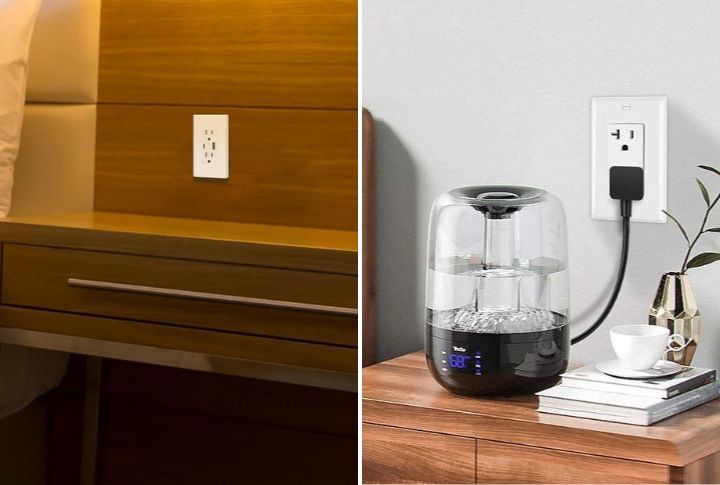
The right outlet can make all the difference in powering your home safely and efficiently. Choosing between a 15-amp or 20-amp outlet isn’t just about matching plugs—it’s about ensuring the wiring, appliances, and circuits work harmoniously. Understanding the key distinctions helps you pick the perfect outlet for your home’s specific power needs and maximize the performance of your devices.
Basics of Amperage

Amperage refers to the electrical current’s capacity within your home’s system. Unlike a 20-amp outlet, the 15-amp version provides a lower current, which affects how much power the circuit can handle without overloading. The size of the wiring connected to each outlet must match its amperage to prevent overheating and ensure optimal performance for all your electrical gadgets.
Maximum Wattage Capacity
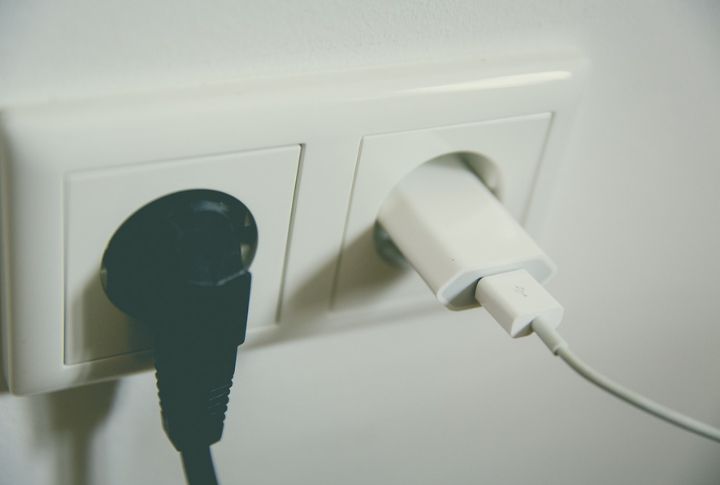
The wattage capacity is critical when deciding between 15-amp and 20-amp outlets. While a 15-amp outlet manages a maximum of 1,800 watts, the 20-amp outlet can safely accommodate higher loads, up to 2,400 watts. This distinction is important for high-power appliances requiring a more extensive power draw to operate safely and efficiently.
Power Needs of Appliances
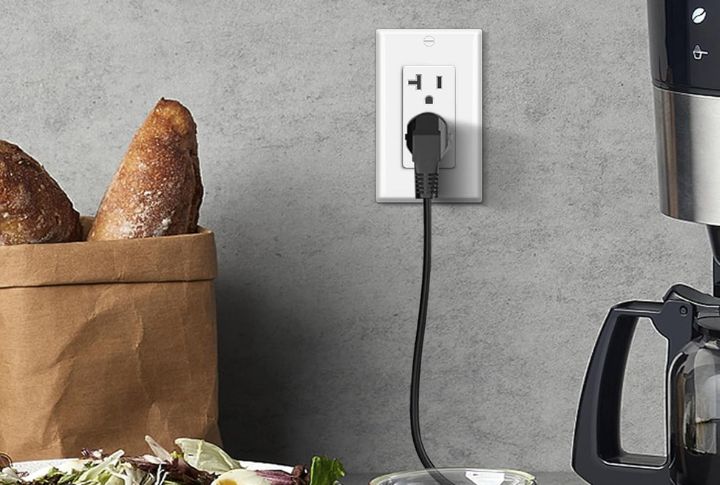
Different devices require different power levels. Smaller devices like lamps and fans work well with a 15-amp outlet, whereas larger appliances like microwaves and refrigerators need 20-amp outlets to prevent circuit overload. Matching the correct outlet with the appliance is essential for long-term safety. It also ensures your appliances operate at their optimal.
Plug and Outlet Compatibility
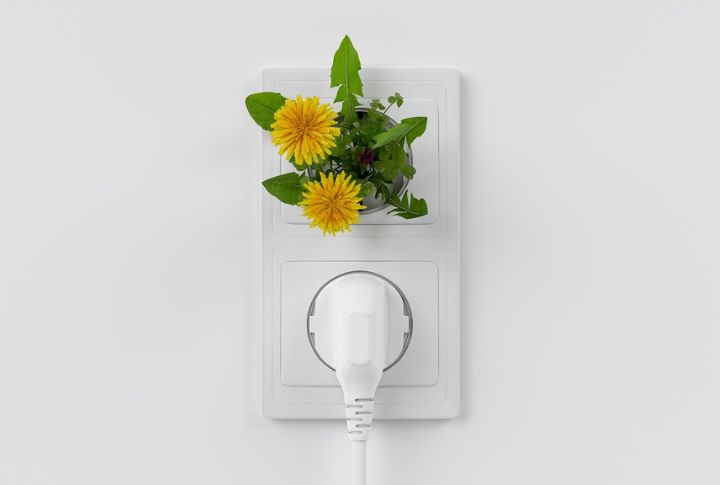
Compatibility with your devices is a critical factor when deciding between outlet types. And here is why; since 15-amp plugs fit into 20-amp outlets, the latter offers more flexibility for different electronics without any issues. Unfortunately, if you plug a 20-amp appliance into a 15-amp outlet, it may exceed the circuit’s capacity, which could result in a power outage or start a fire.
Plug Configurations
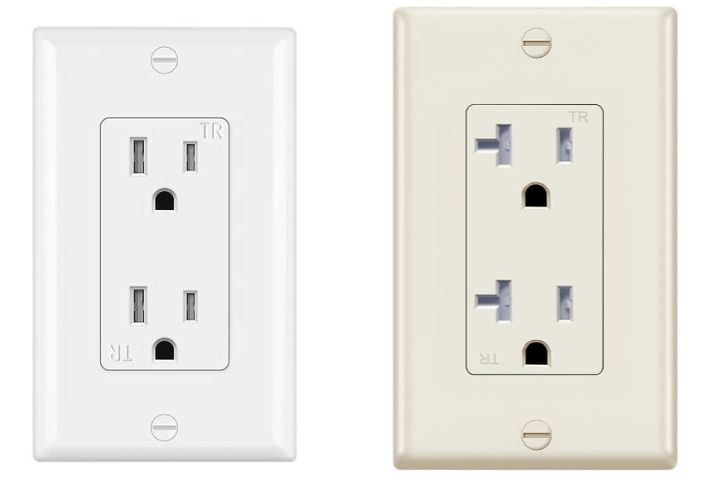
One of the easiest ways to tell a 15-amp outlet from a 20-amp outlet is by the shape of the plug. The 20-amp outlet has a horizontal slot next to the vertical one, while the 15-amp outlet only has two vertical slots. This difference prevents plugging in higher-powered devices into lower-capacity outlets.
Wiring for Outlet Amperage
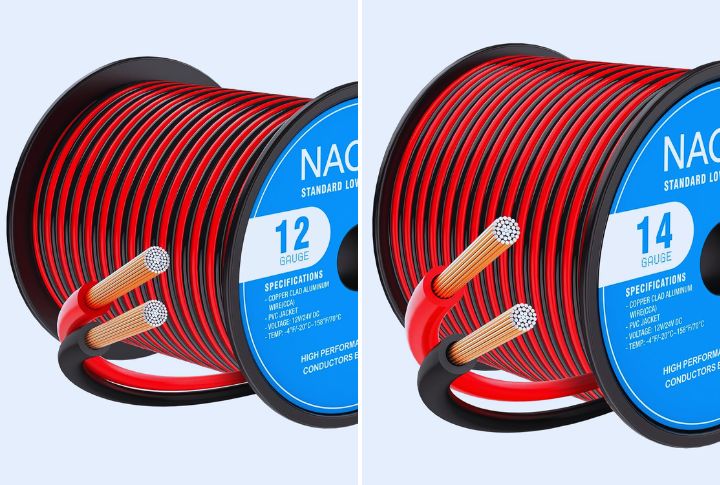
The type of wiring used in your home also matters. Thicker, 12-gauge wiring is essential for 20-amp outlets, while 15-amp outlets operate with thinner, 14-gauge wire to meet their lower current needs. Incorrect wiring can cause severe damage, so matching the suitable gauge wire with the appropriate outlet is also vital.
Choosing the Right Breaker
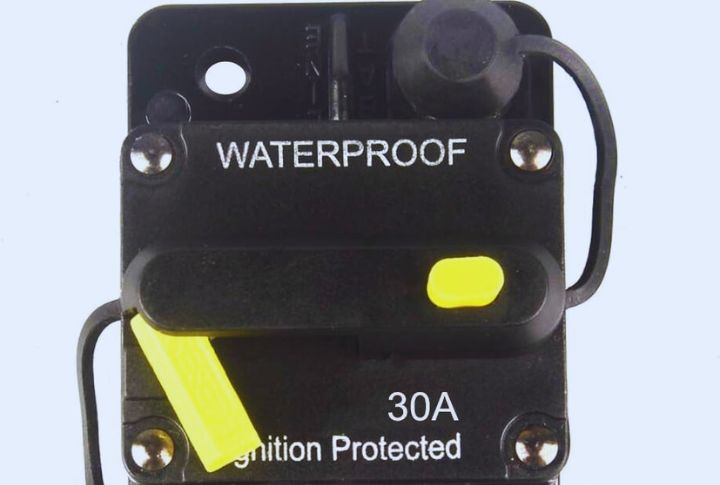
Circuit breakers are designed to handle different amperage. Each outlet type needs a corresponding breaker, with 15-amp outlets using 15-amp breakers and 20-amp outlets using 20-amp breakers. Installing the wrong outlet on the wrong circuit can cause the breaker to trip repeatedly, resulting in unstable power and potential safety risks.
Dedicated vs. Shared Circuits
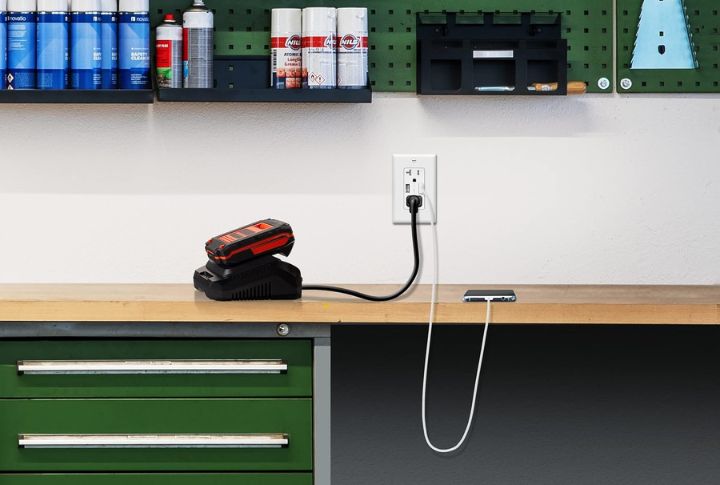
A 20-amp outlet is typically installed on a dedicated circuit to power high-wattage devices such as refrigerators, air compressors, or microwaves. It means that the outlet and its circuit breaker serve only one appliance. In contrast, 15-amp outlets are often on shared circuits, handling smaller gadgets like lamps and chargers.
Circuit Protection
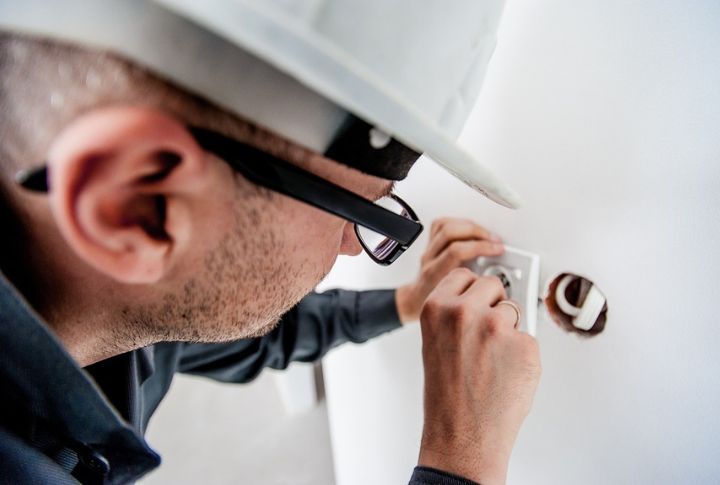
It’s important to note that 20-amp circuits offer greater protection. Prone to quicker tripping under strain, 15-amp outlets cannot handle the higher electrical needs of large appliances. Installing 20-amp outlets in areas such as kitchens or garages offers better protection against electrical mishaps.
Mixing Amperage
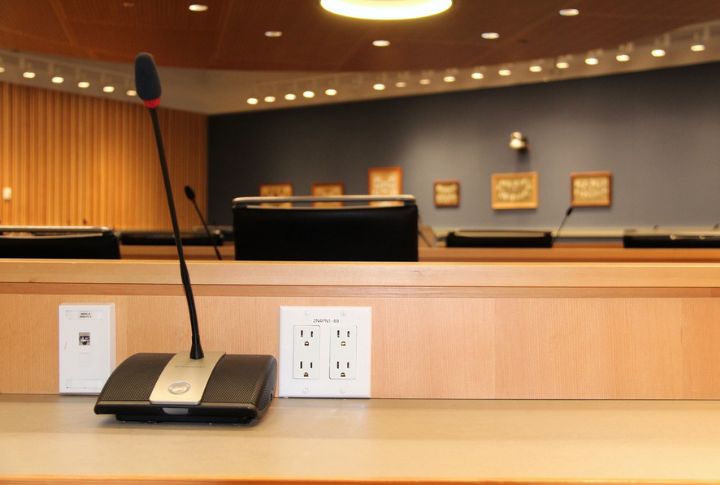
Using both 15-amp and 20-amp outlets on the same circuit poses serious safety risks. It can lead to overheating and even fire. Keep each circuit uniform, using only one type of outlet and wiring to guarantee electrical stability and reduce the risk of accidents. Consistent wiring and outlet types ensure safe and stable operation.
Outlet Placement

Certain areas of your home, like kitchens or laundry rooms, often require 20-amp outlets because they power larger appliances. In contrast, bedrooms and living rooms generally use 15-amp outlets for lighting and smaller devices. It ensures the circuits in your home meet the specific needs of each room.
Device Compatibility
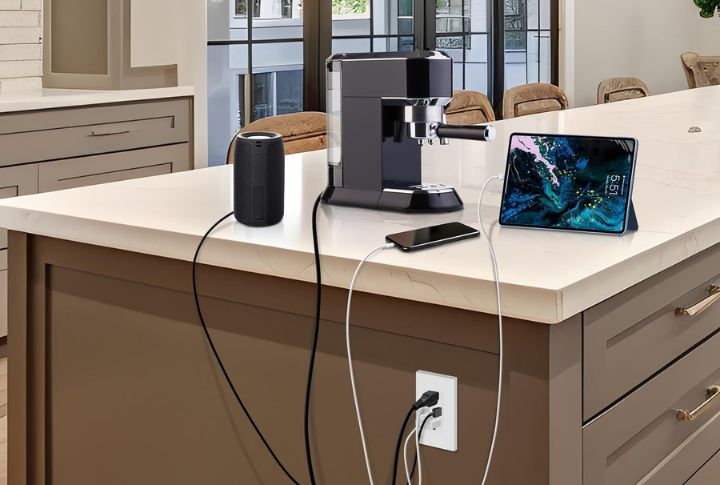
Before plugging in any device, ensure the outlet is compatible with the device’s amperage requirements. Plugging a high-powered appliance into a 15-amp outlet can cause overheating or even blow the fuse. Checking this simple detail can prevent unnecessary damage or dangerous situations.
Upgrading to 20-amp Outlets
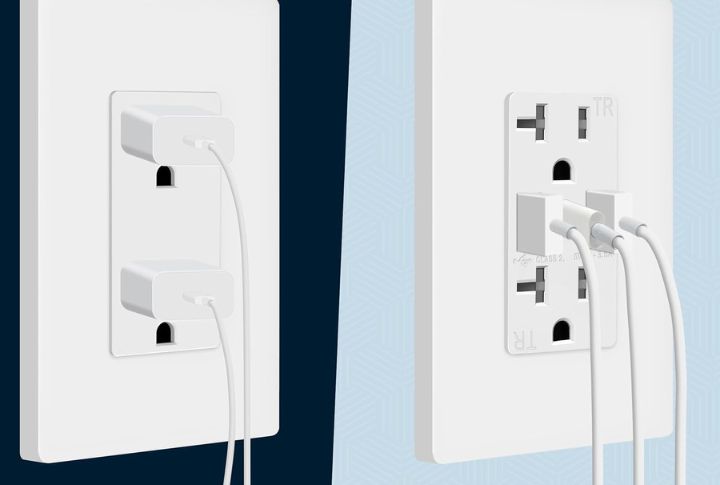
When upgrading or adding new utilities that draw more power, consider installing 20-amp outlets. Electronics such as power tools and space heaters generally need more amperage. The proper outlet prevents circuit overloads, power failures, or potential fire hazards. This upgrade also enhances the overall efficiency and reliability of your electrical system.
Building Code Requirements
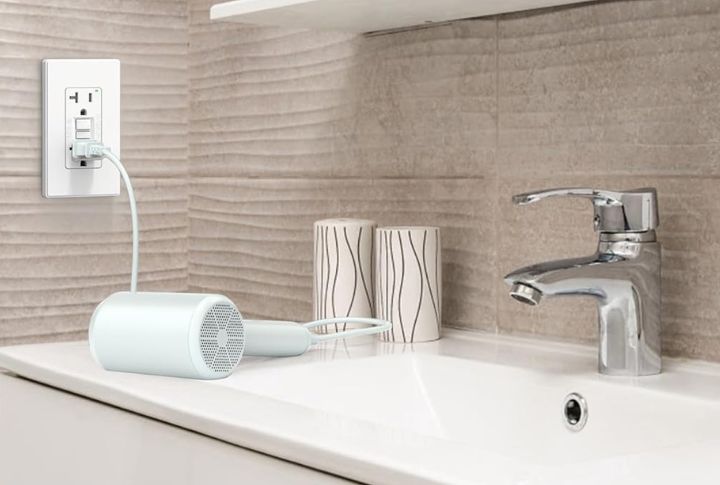
The National Electrical Code (NEC) norms suggest that kitchens require at least two 20-amp circuits to handle appliances, including microwaves, blenders, and toasters. Garages also need a 20-amp circuit for power tools. Installing 15-amp outlets in these spaces, typically for lights, may result in frequent tripping and overloads, damaging high-power devices.
Cost of Installation
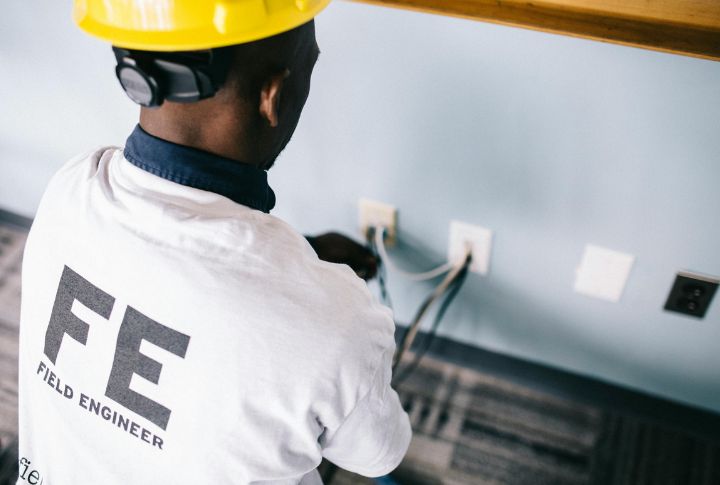
Choosing a 20-amp outlet may incur higher installation costs than a 15-amp outlet. It is because 20-amp circuits call for thicker 12-gauge wiring, higher-rated circuit breakers, and sometimes even more complex installation procedures. While more expensive, 20-amp outlets offer better performance and safety for energy-demanding appliances.

